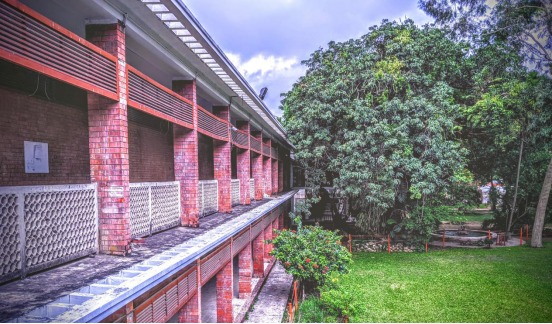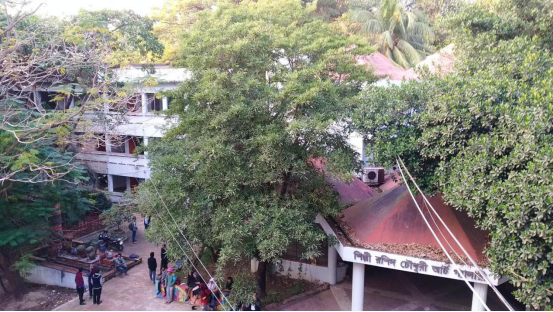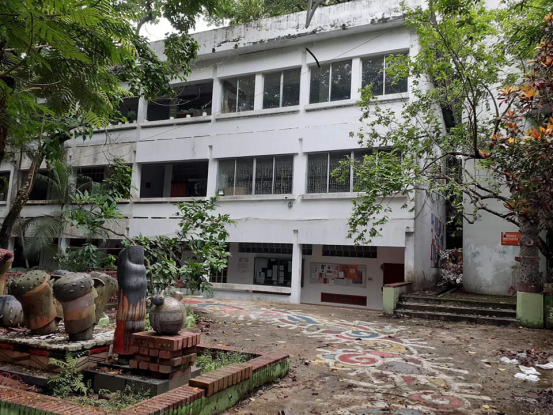University of Dhaka
On the first day of July 1921 the University of Dhaka opened its doors to students with Sir P.J. Hartog as the first Vice-Chancellor of the University. The University was set up in a picturesque part of the city known as Ramna on 600 acres of land. At present the University consists of 13 Faculties, 83 Departments, 12 Institutes, 20 residential halls, 3 hostels and more than 56 Research Centres. The number of students and teachers has risen to about 37018 and 1992 respectively. While serving as the highest echelon of academic excellence, the University also functions as a central premise for free thought and democratic practices that would lead the nation to its march towards progress. The University of Dhaka is increasingly striving to combine the pursuit of knowledge and truth with the values and needs of an evolving society. The University of Dhaka is dedicated to the advancement of learning, and is committed to promoting research in all fields of knowledge. As there are plans for further expansion of facilities, plans for new avenues and opportunities, the course curricula are updated and new research projects are undertaken every year. As the pioneer and the largest seat of learning in the country, the University of Dhaka has taken the task to foster the transformation processes of the individual students and the country as a whole through its educational and research facilities keeping up with demands of the day. The University of Dhaka is at this moment one of the leading institutions of higher education in Asia.


University of Chittagong
The University of Chittagong established in 1966 and its Department of Fine Arts eventually became the First Post-Graduation institute in this Country. Specifically, the curricula of fine arts are designed to hone talent, focus energy, and develop visual acuity while encouraging personal growth. Drawing, color, form, space, composition and material become the arena for self-analysis and development, while the faculty makes the past pertinent and the language of contemporary art comprehensible.

